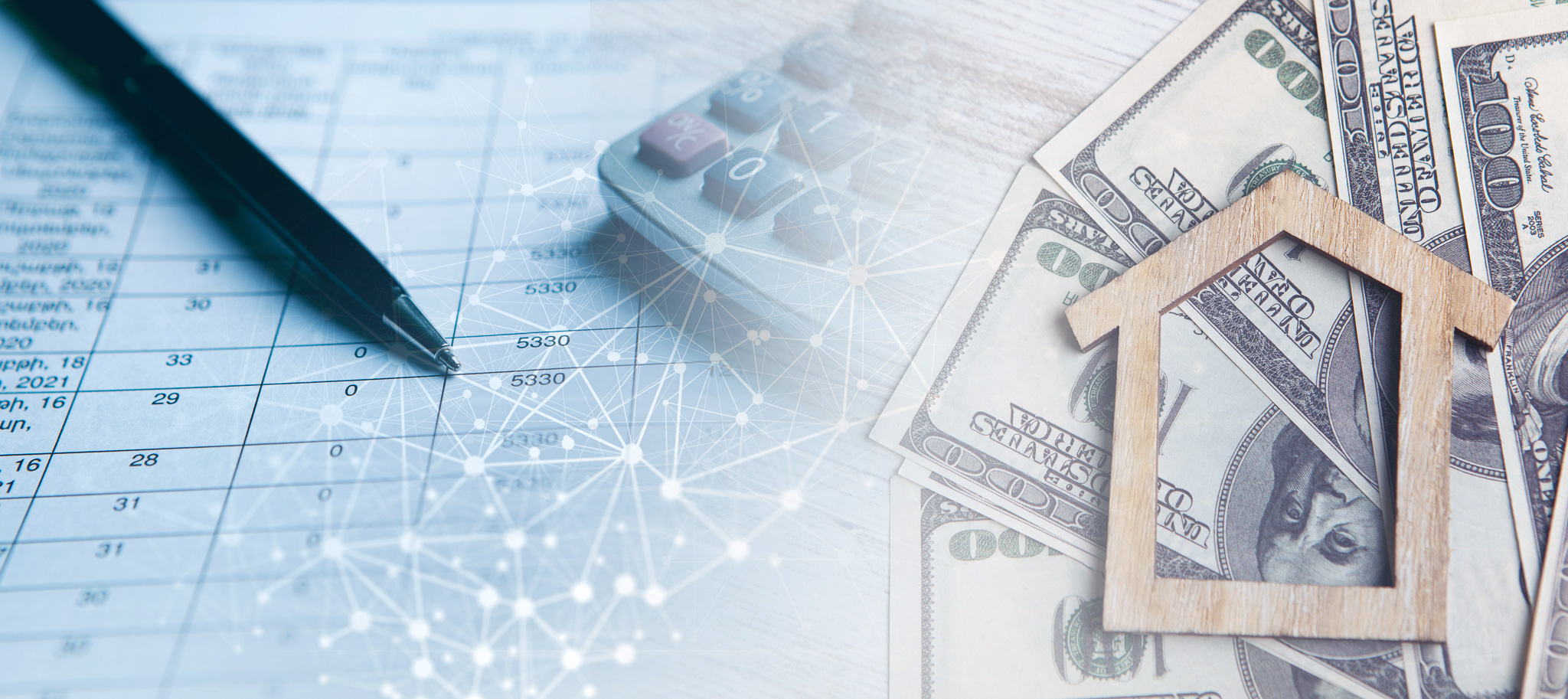In recent years, energy-efficient homes have gained popularity among homeowners seeking to reduce energy consumption, lower utility bills, and minimize environmental impact. These homes are designed and built with features that optimize energy efficiency, promoting sustainability and comfort. Here’s everything you need to know about energy-efficient homes:
What Defines an Energy-Efficient Home?
An energy-efficient home incorporates various design elements, materials, and technologies to reduce energy consumption and improve efficiency. Key features include:
- Effective Insulation: Minimizes heat loss in winter and heat gain in summer, enhancing indoor comfort and reducing heating and cooling costs.
- High-Efficiency Windows and Doors: Reduce air leakage and heat transfer while allowing natural light to enter the home.
- Energy-Efficient Appliances: Use less energy for daily activities such as cooking, laundry, and refrigeration.
- LED Lighting: Consumes less electricity and has a longer lifespan than traditional incandescent bulbs.
- Energy-Efficient Heating and Cooling Systems: Utilize advanced technologies like heat pumps or geothermal systems to maintain indoor comfort efficiently.
- Solar Panels and Renewable Energy: Generate electricity from renewable sources, reducing reliance on the grid and lowering utility bills.
Benefits of Energy-Efficient Homes
Investing in an energy-efficient home offers several advantages:
- Lower Utility Bills: Reduced energy consumption leads to lower monthly utility costs, providing long-term savings for homeowners.
- Improved Comfort: Consistent indoor temperatures, enhanced insulation, and high-quality windows create a more comfortable living environment.
- Environmental Impact: Lower energy use reduces greenhouse gas emissions and promotes sustainability.
- Higher Resale Value: Energy-efficient features can increase the home’s market appeal and resale value.
- Government Incentives: Many governments offer incentives, tax credits, or rebates for energy-efficient home improvements, making upgrades more affordable.
Considerations When Buying or Building an Energy-Efficient Home
Before committing to an energy-efficient home, consider these factors:
- Upfront Costs: Initial costs for energy-efficient features and technologies may be higher than traditional homes, although long-term savings often offset this expense.
- Local Climate: Design and technology choices should align with the region’s climate conditions to maximize energy efficiency.
- Maintenance Requirements: Some energy-efficient systems and technologies may require specialized maintenance or occasional upgrades.
- Certifications: Look for homes certified by programs like ENERGY STAR or LEED (Leadership in Energy and Environmental Design) for verified energy efficiency standards.
Making Your Current Home More Energy-Efficient
If you’re not buying a new home but want to improve energy efficiency:
- Energy Audit: Conduct an energy audit to identify areas where energy efficiency can be enhanced, such as insulation, windows, or appliances.
- Sealing and Insulation: Seal air leaks and add insulation to improve heating and cooling efficiency.
- Upgrade Appliances: Replace old appliances with energy-efficient models labeled with the ENERGY STAR logo.
- Renewable Energy: Consider installing solar panels or other renewable energy systems to generate clean electricity.
Conclusion
Energy-efficient homes offer numerous benefits, from lower utility bills and improved comfort to reduced environmental impact and increased property value. Whether buying a new home or upgrading your current one, investing in energy-efficient features and technologies contributes to sustainability while enhancing your quality of life.
By understanding the principles of energy efficiency, exploring available technologies, and considering financial incentives, homeowners can make informed decisions that align with their budget, lifestyle, and commitment to environmental stewardship. Embracing energy efficiency benefits individual households and contributes to broader efforts in creating sustainable communities and mitigating climate change impacts.









